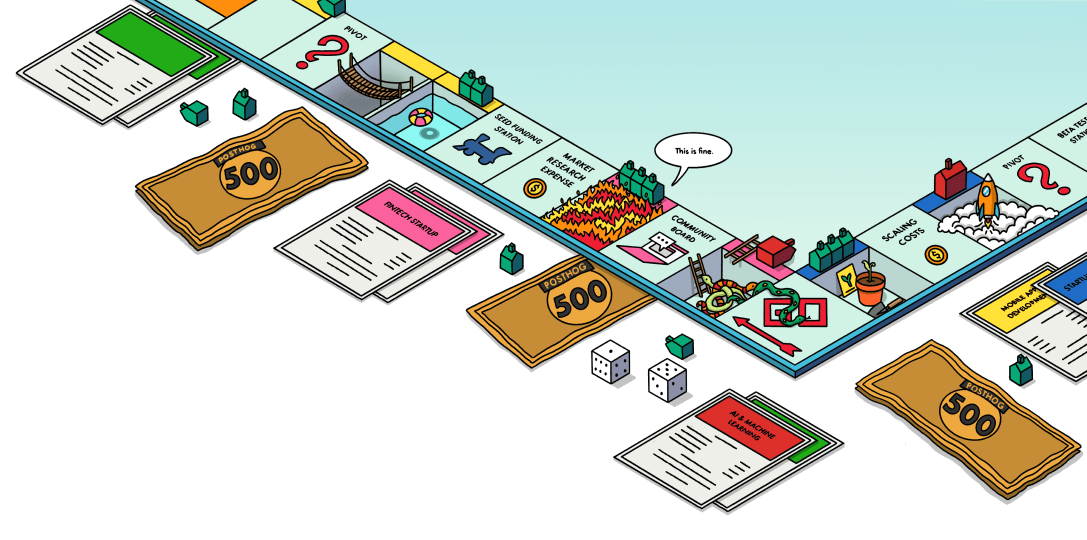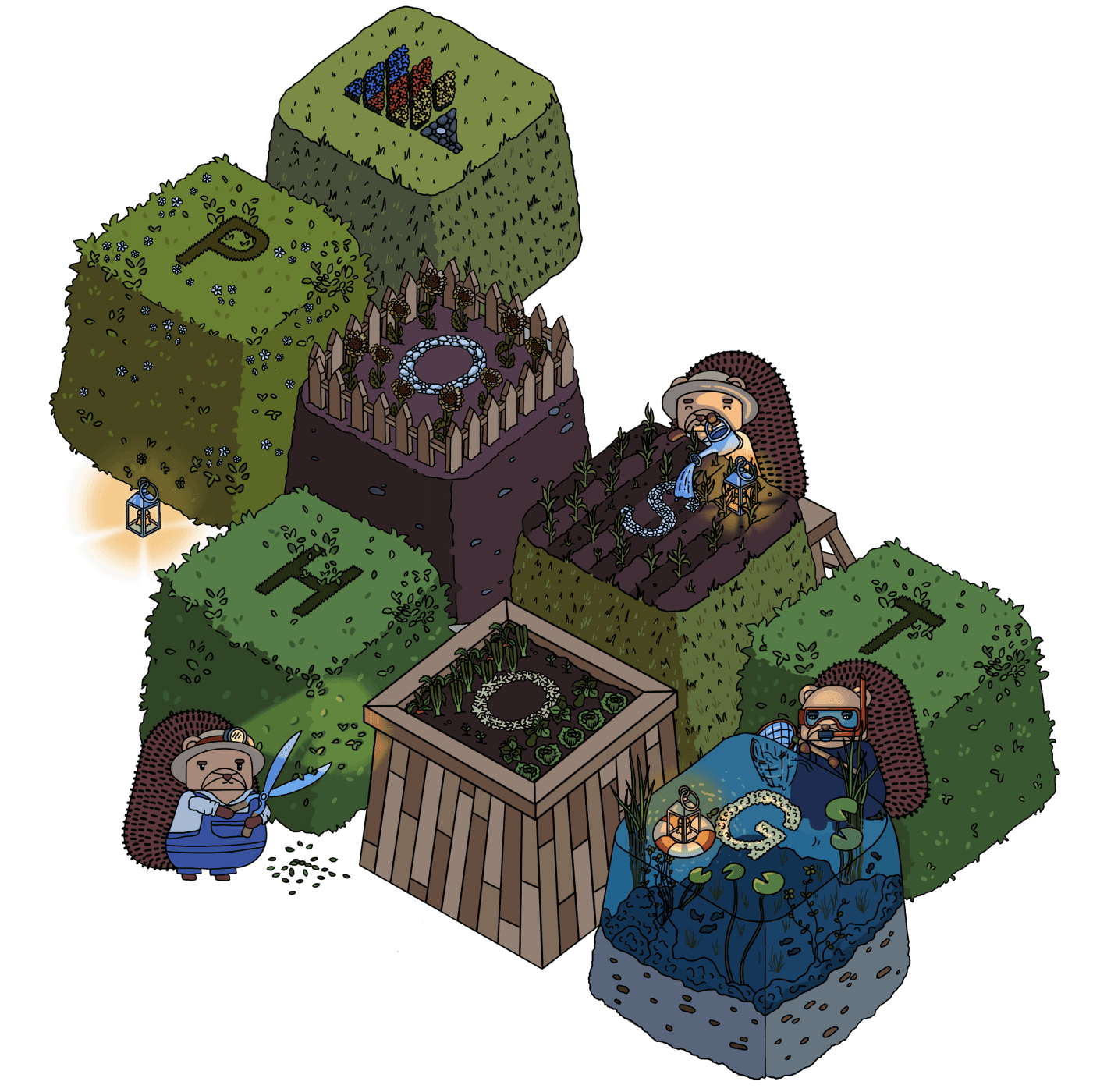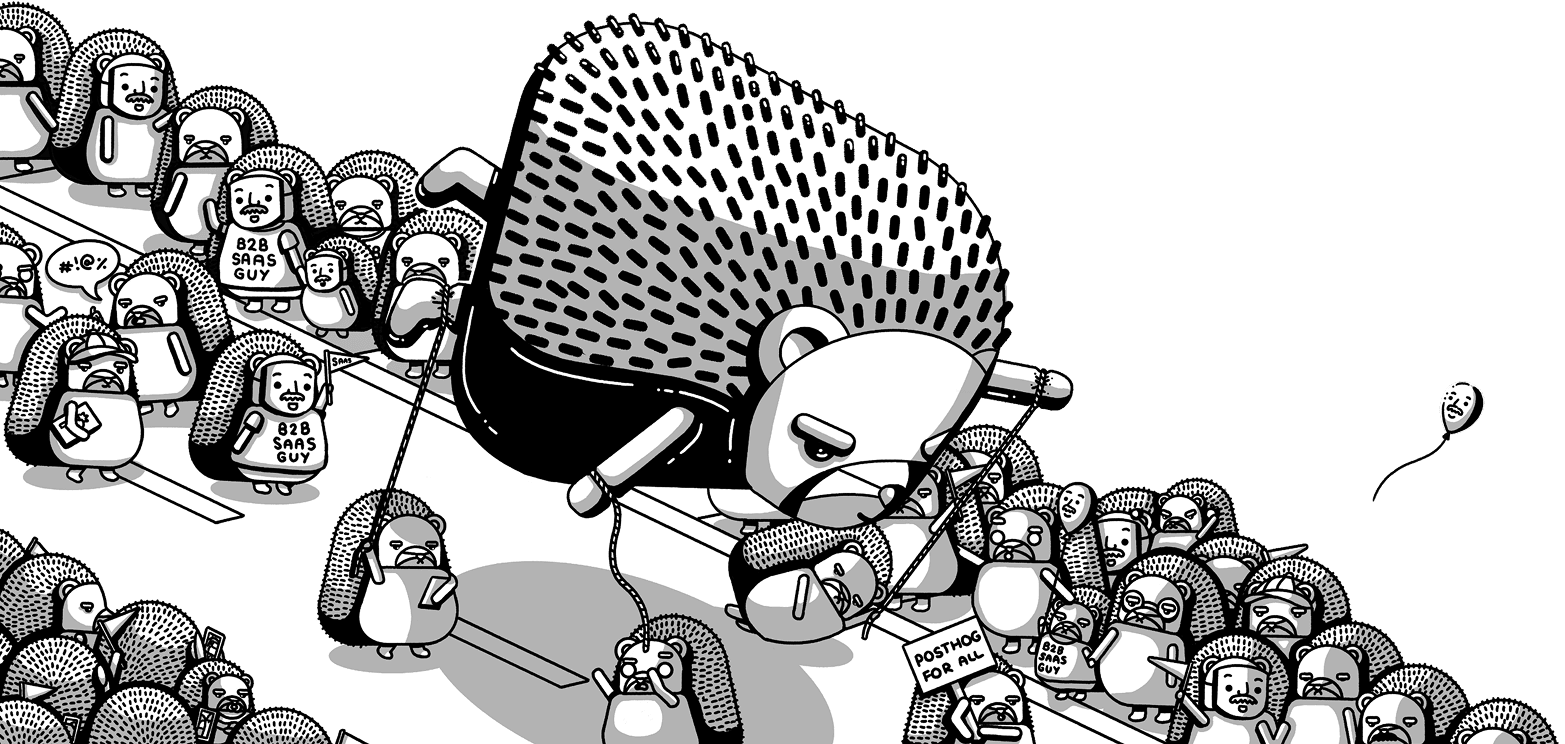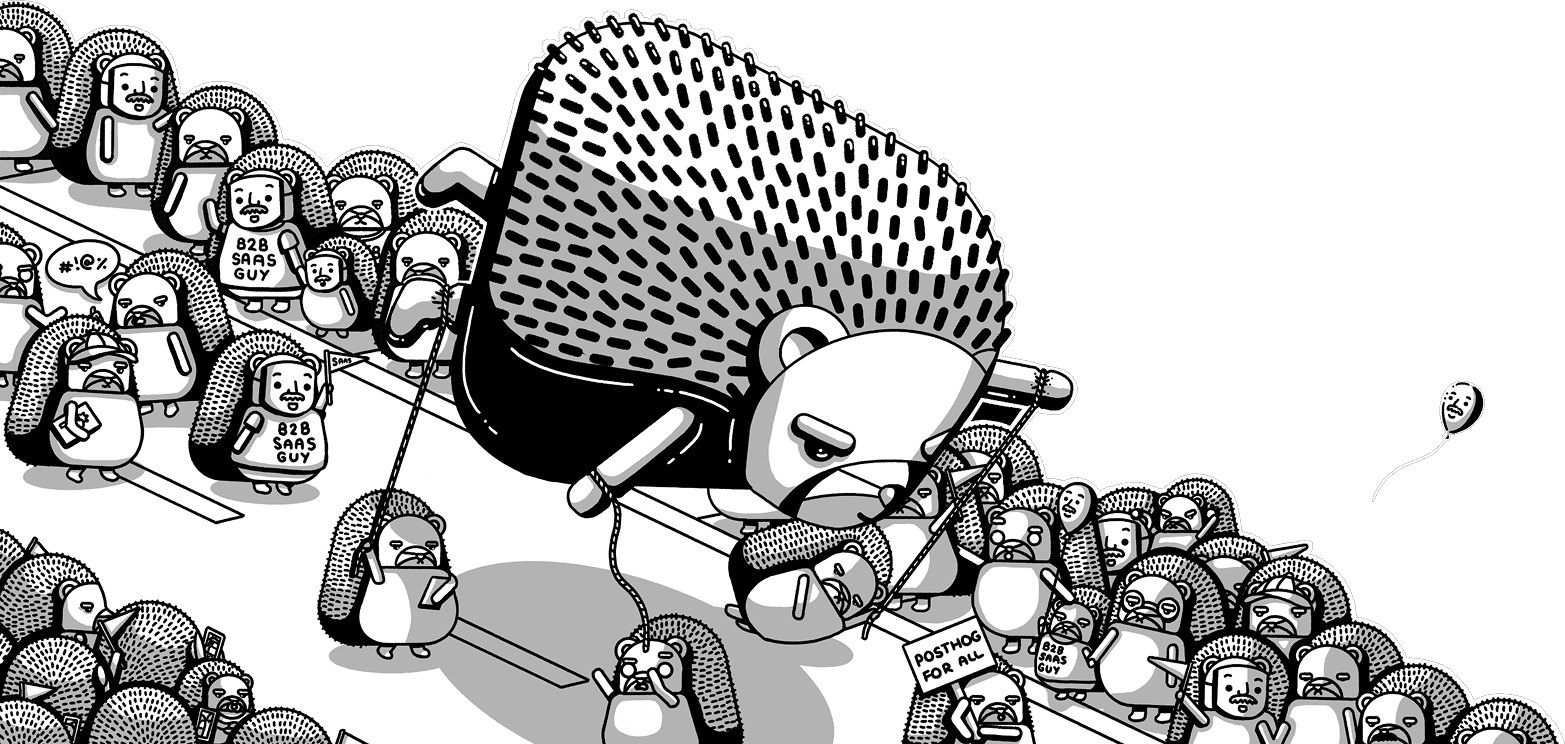Realtime transformations
Contents
As PostHog data arrives, you can transform it immediately before ingestion. You can use this for things like:
- Anonymizing sensitive data
- Enriching events with geo information
- Dropping unnecessary properties
- Filtering out bot traffic
- Much more..
PostHog enables you to transform your events in realtime using a variety of pre-built transformations. Check out the data pipelines tab and choose transformations to get started.

Need more flexibility? Our custom transformations enable you to write your own Hog code to transform events exactly how you want. You can modify, enrich, or filter your events using our powerful Hog programming language.
Note: Transformations don't apply to exceptions we capture as part of error tracking. If you need to run transformation against your exception data, please let us know in-app.
Filtering
Filters enable you to target your transformations, affecting only the kinds of events you chose. Filter by event type, properties, or any SQL statement you can come up with.
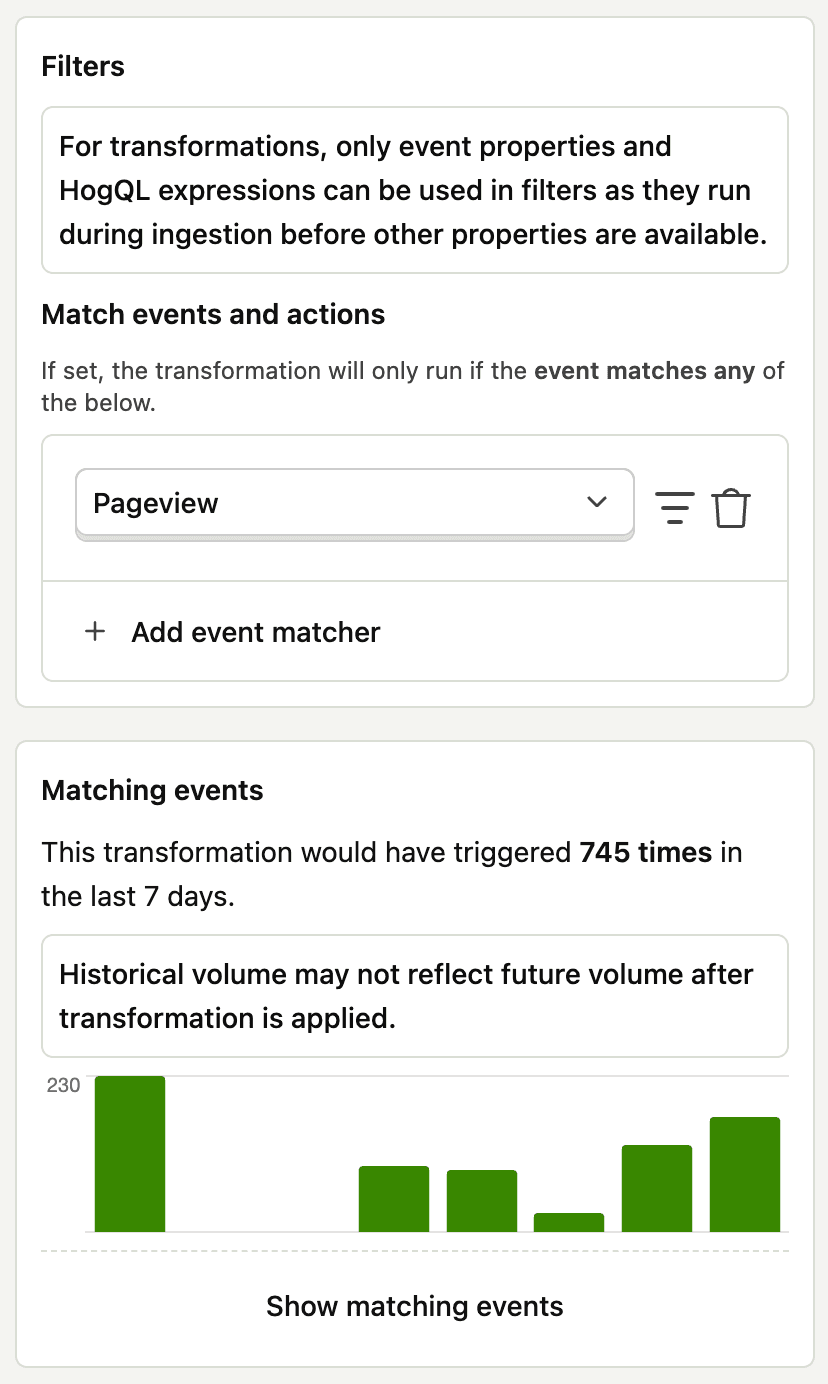
Testing
As you build your transformations, PostHog makes it easy to confirm they do what you expect. Every transformation includes a built-in testing interface, enabling you to instantly send real data through it and verify the results. You can iterate until everything works to your satisfaction.
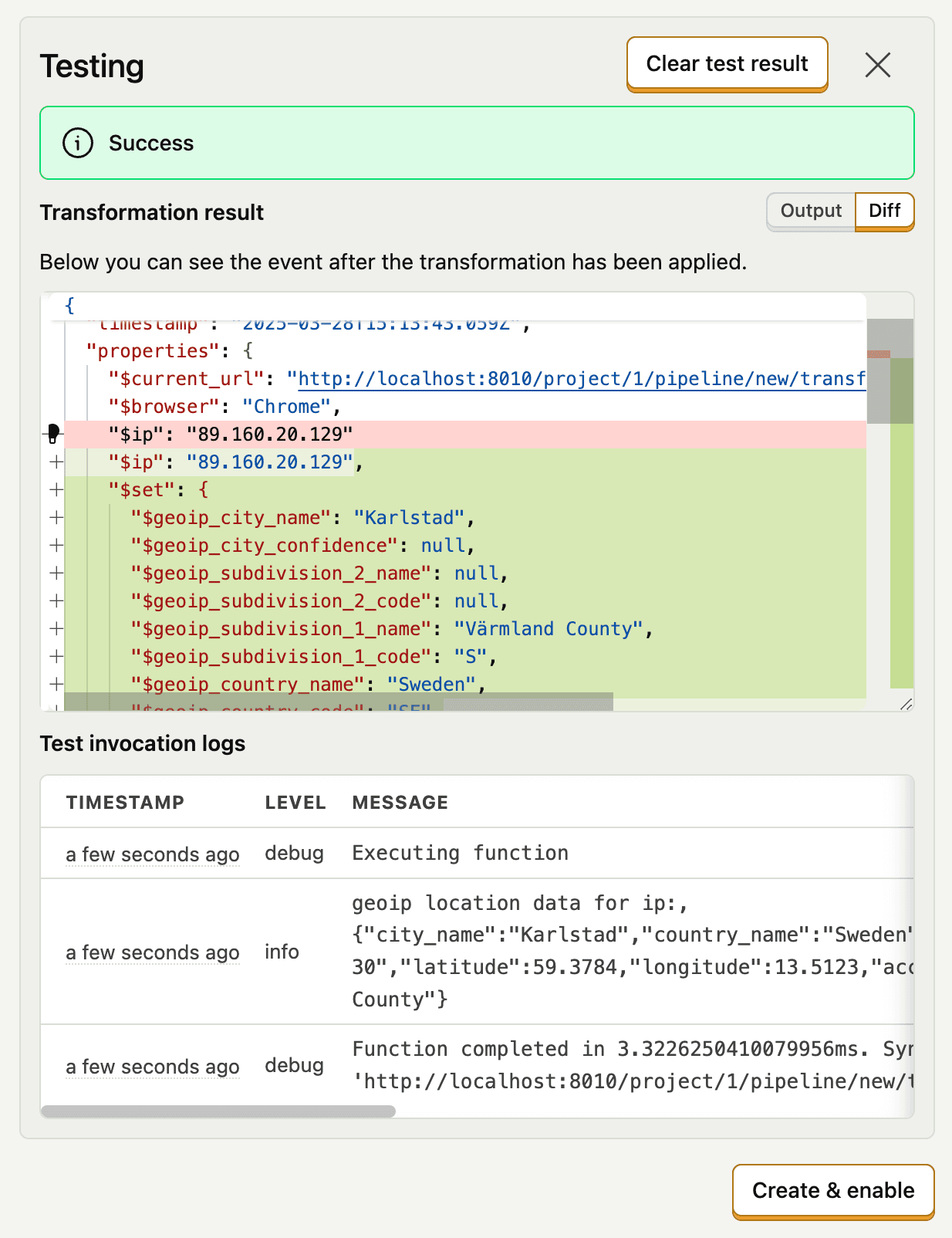
Keep an eye on things
Once your transformation is up and running, the metrics and logs tabs will let you monitor usage and inspect any errors.
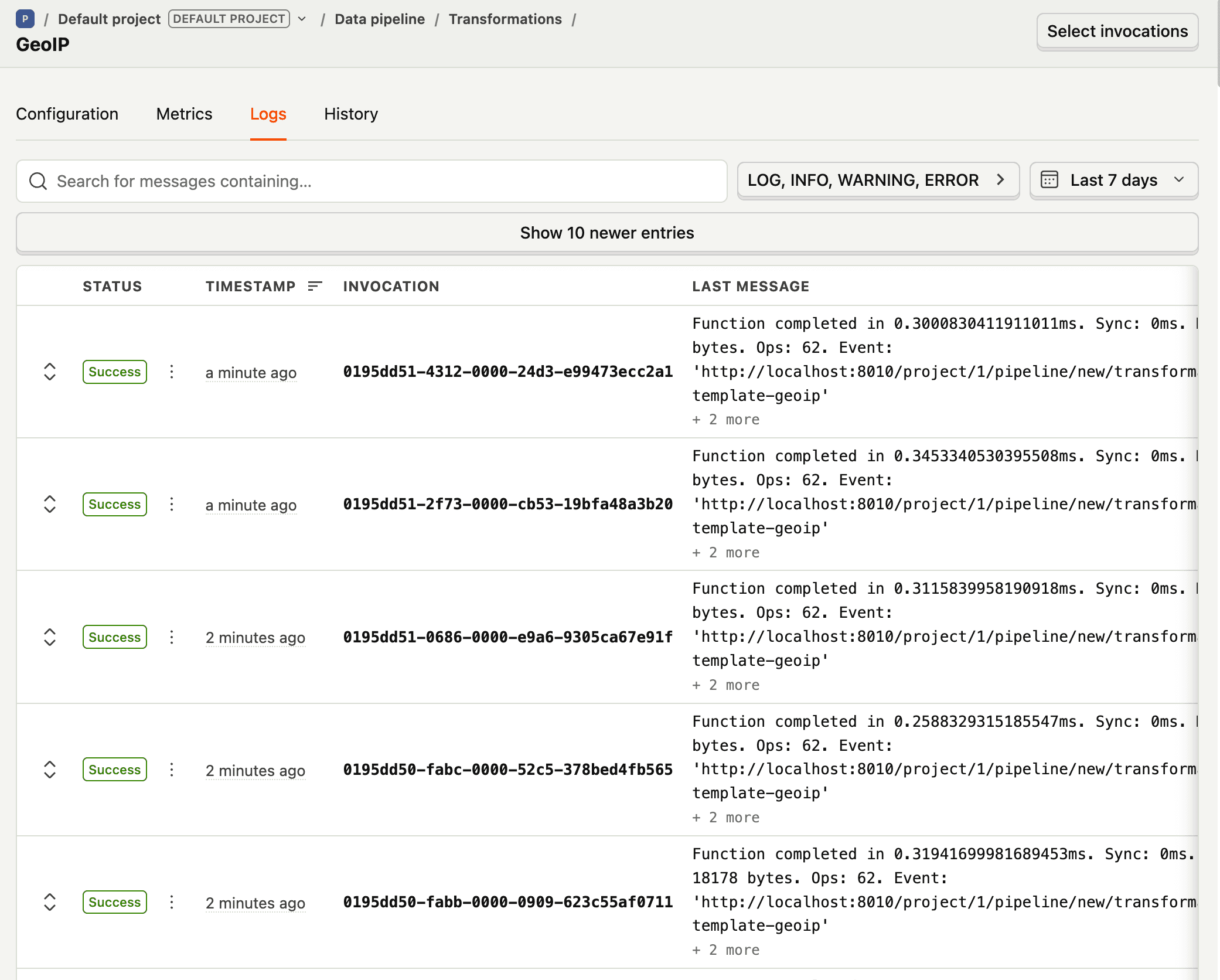
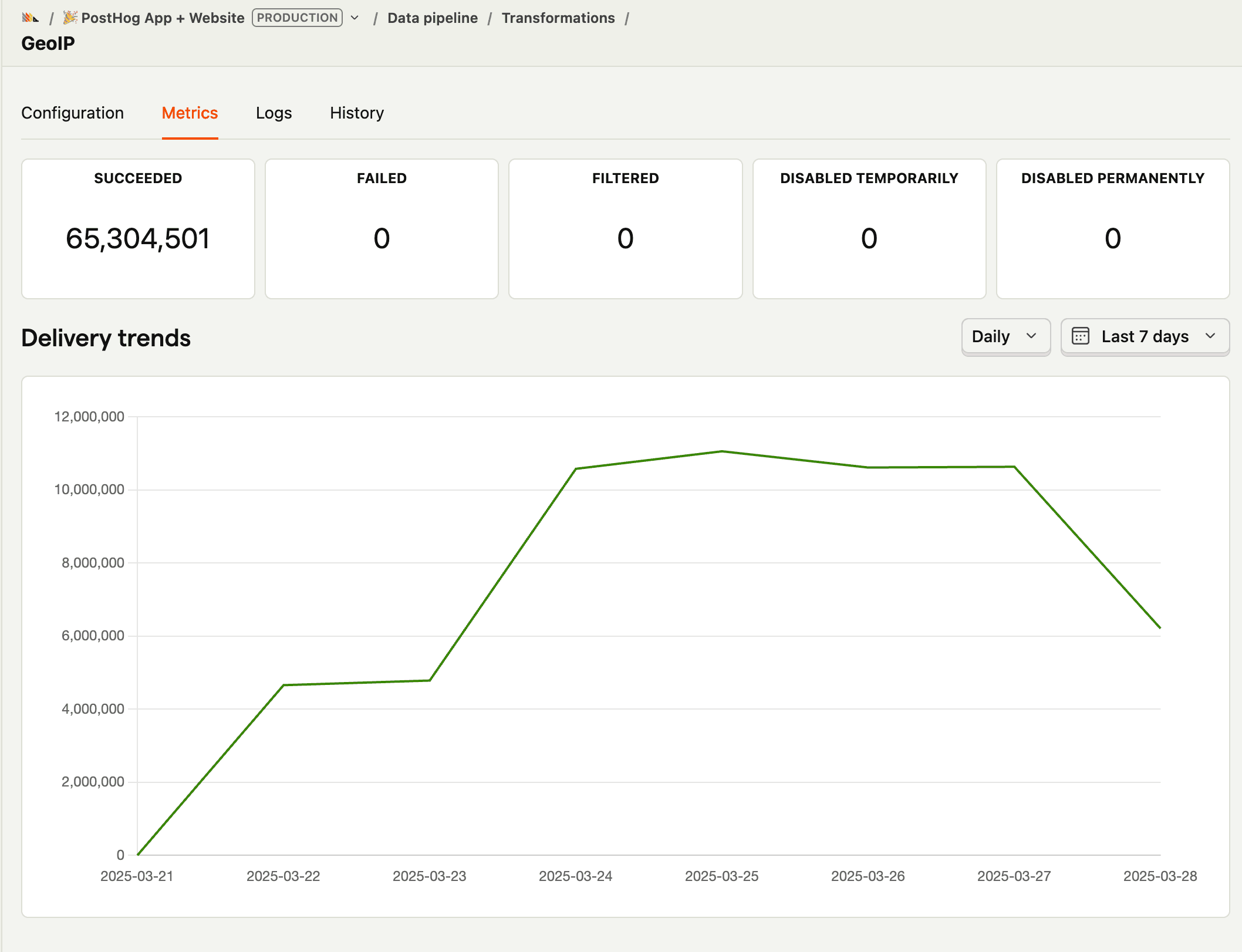
History
For projects with the teams add-on, each transformation has a history tab that shows you a complete audit trail of changes. You can see who modified the transformation, what changes were made, and when they occurred.

This history helps you:
- Track changes over time
- Understand when and why modifications were made
- See who made specific changes
The history tab is particularly useful when multiple team members are working with transformations, as it provides transparency and accountability for all changes.
Going deeper
If your needs are more specific than our defaults, try customizing your transformation's implementation. You can write, test, and deploy your own transformation in minutes.
Learn more about this in customizing transformations.
Creating transformations via API
You can also create and manage transformations programmatically using our API. This is particularly useful for automating your workflows, such as setting up new projects with predefined transformations.
To use the API, you'll need to:
- Enable the
Hog functionsscope in your personal API key - Use the Hog functions API endpoints to create your transformations.
Here's an example of creating a new transformation:
Important: When creating a transformation from a template, make sure to use the correct
template_id. You can find the available template IDs by making a GET request to/api/projects/:project_id/hog_function_templates?types=transformationor by checking the Hog functions API documentation.
How many events can I transform?
There is no limit on the number of events to be transformed - transformations are completely free! However, the system requires that transformations perform efficiently and don't consume excessive resources (don't worry we have built some rail guards into that and let you know if something is funky).
What can cause a transformation to be automatically disabled?
If the transformation performs poorly (too many errors, too slow, or consumes too much memory) for a prolonged period, your transformation will be quarantined and eventually disabled. We will try to re-enable it automatically after a temporary disabled period before stopping it entirely. You then need to modify either the filters or the transformation and re-enable it in the UI to try again.
The key metrics that we observe to determine poor performance are:
- Errors thrown within the code (for example if you try to access a property that doesn't exist).
- Excessive memory usage or processing time. While some complex transformations are fine, if your transformation consistently takes too long or uses too much memory, we will eventually disable it to protect our systems.
- Repeatedly slow transformations. Some slow transformations are fine, but if your transformation consistently can't keep up, we will eventually disable it to protect our systems.
How do you handle errors?
By default, if a transformation encounters an error, we will log the error and continue processing other events. This ensures that a single problematic event doesn't block the processing of all other events. We may modify this logic as we make improvements to try and balance reliability and speed.

